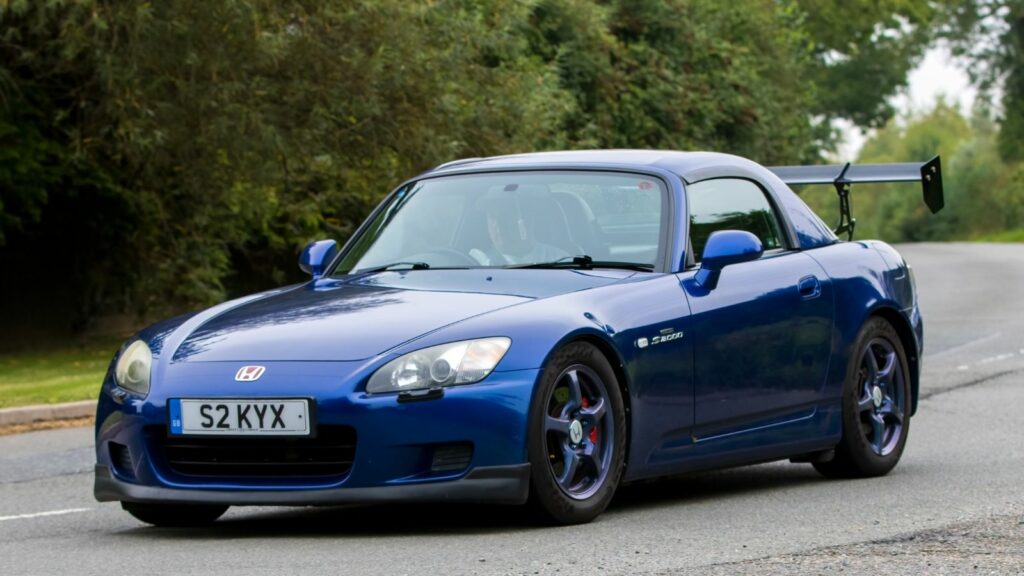The automotive world is often split between passion and practicality. On one side are enthusiasts who crave raw power, lightweight agility, and pure driver engagement. On the other side is the broader buying public, who prioritize comfort, safety, fuel economy, and convenience. The problem is that cars built to please enthusiasts are often niche products that fail to connect with the mass market. Over the decades, this tension has led to a handful of incredible sports cars that were adored by gearheads but struggled to sell. They showed up in magazines, starred at track days, and are remembered fondly today but back then, most buyers passed them over for something easier to live with. Here is an expanded look at some of the most fascinating sports cars enthusiasts loved but the market did not.
Mazda RX-8
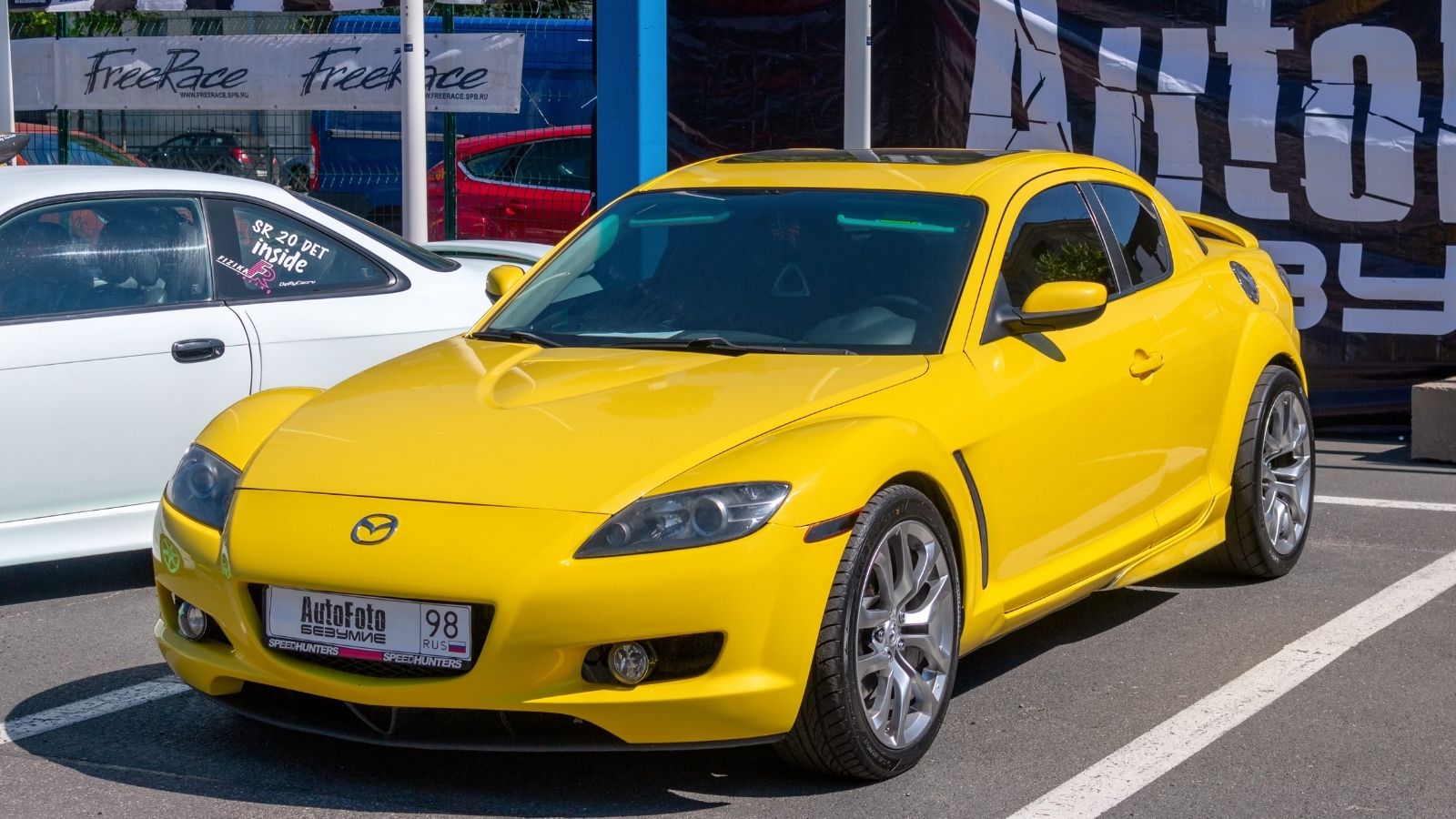
Mazda built the RX-8 to keep the rotary dream alive. It was light, nimble, and came with unique half doors that made it surprisingly practical for a coupe. The rotary engine revved to the stratosphere, and its balance made it a joy on twisty roads. Enthusiasts loved its sharp steering and characterful engine note. But reliability issues particularly apex seal wear and high oil consumption hurt its reputation. It also delivered poor fuel economy compared to rivals. While diehard fans remain loyal, mainstream buyers fled to more conventional coupes, leaving the RX-8 to fade from showrooms far sooner than it deserved.
Honda S2000
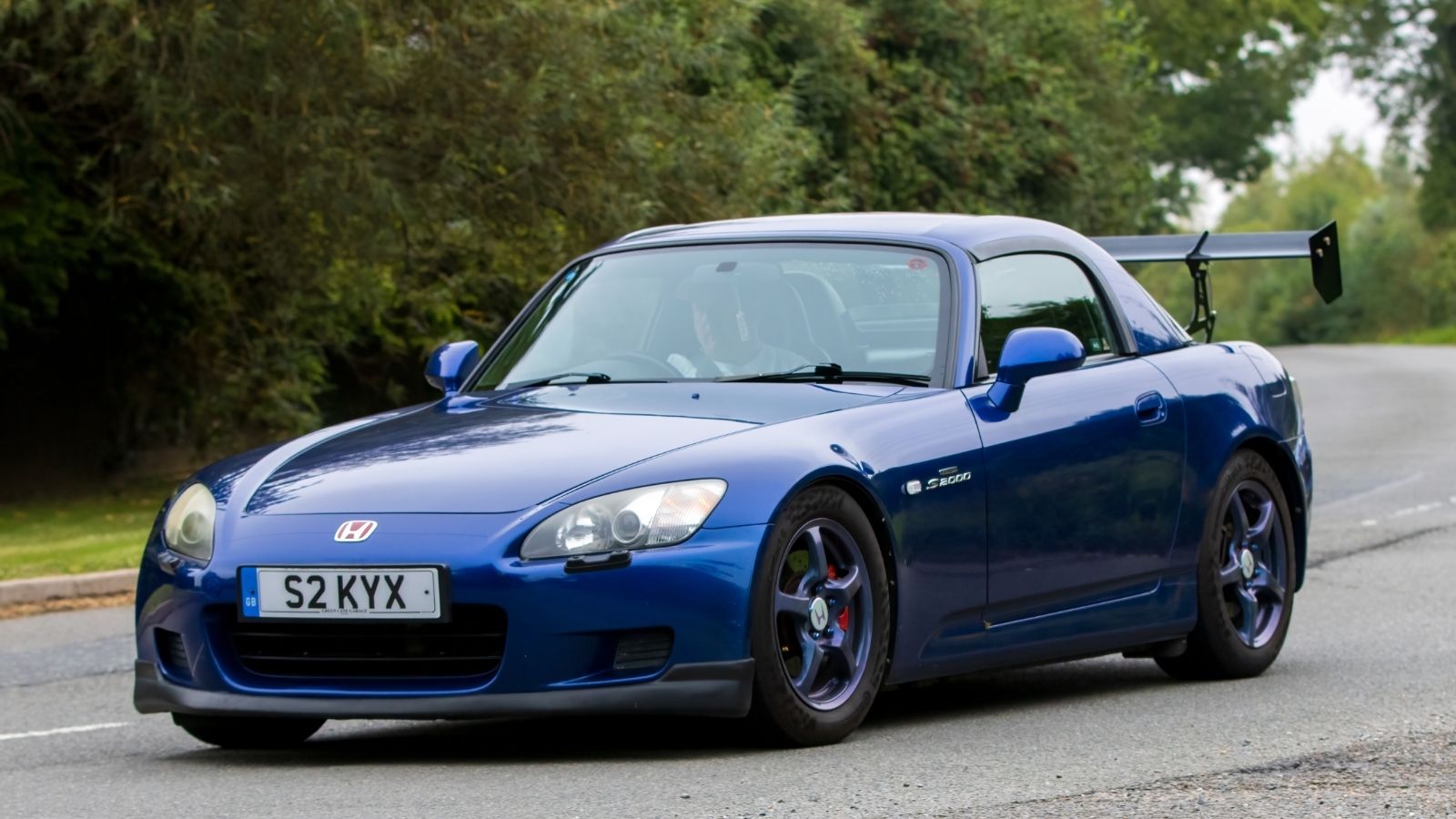
The Honda S2000 is the kind of car enthusiasts still gush about. Its naturally aspirated four cylinder engine revved to an astonishing 9,000 rpm, delivering thrills few other cars in its price bracket could match. With its tight gearbox and precise chassis, it was one of the purest roadsters of its era. But for everyday buyers, it was a bit too extreme. The stiff ride, lack of low end torque, and minimal practicality made it hard to live with as a daily driver. Honda enthusiasts still worship it, and values on clean examples are climbing quickly. Yet during its production run, the wider market never fully embraced it.
Toyota MR2 Spyder
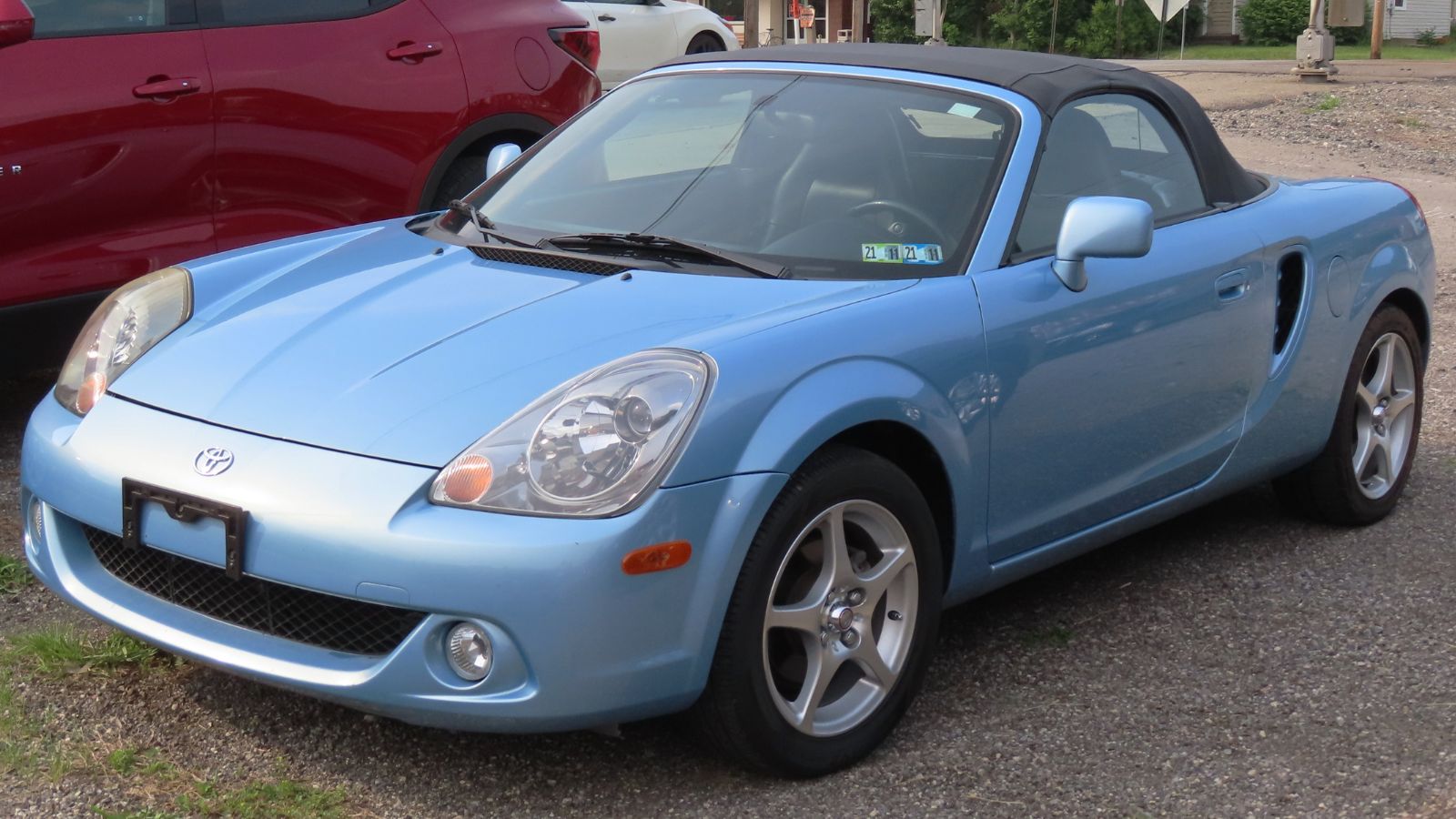
Toyota’s MR2 Spyder was a quirky mid engined roadster designed for lightweight fun. It was agile, responsive, and offered the kind of handling balance usually reserved for more expensive cars. Enthusiasts praised its playful personality and its simplicity, which made it a modern throwback to the golden age of sports cars. Unfortunately, it was underpowered compared to rivals and lacked the straight line punch buyers expected. With limited practicality and few luxury features, it was overshadowed by the more accessible Mazda Miata. It has since gained a cult following, but when new, the MR2 Spyder failed to capture the sales Toyota had hoped for.
Nissan 370Z
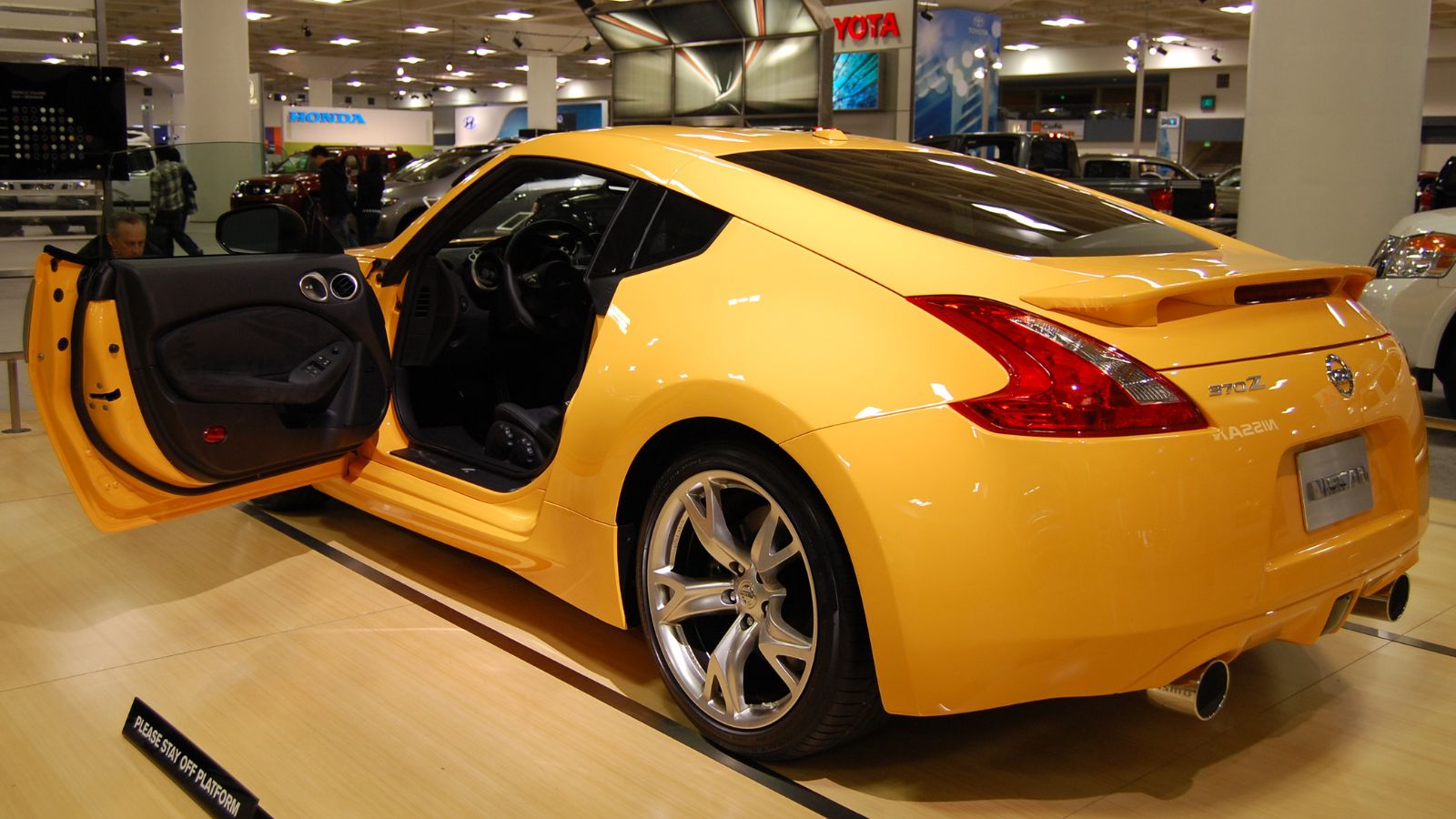
The Nissan 370Z was built on tradition: a naturally aspirated V6, rear wheel drive, and an affordable price for serious performance. Enthusiasts applauded its straightforward formula, seeing it as one of the last old school sports cars. But the rest of the market was less impressed. Its interior felt dated, it lacked the refinement of European competitors, and it was cramped compared to the growing popularity of sporty crossovers. Sales dwindled as buyers shifted their attention to turbocharged compacts and all wheel drive hot hatches. Despite its flaws, the 370Z still has a loyal fan base who value its simplicity.
Subaru BRZ, Scion FR-S, Toyota 86

When these triplets launched, enthusiasts celebrated them as a return to affordable, rear wheel drive coupes. Lightweight, perfectly balanced, and fun to throw around, they were praised as modern day successors to classic Japanese sports cars. Car journalists adored them, and track day drivers flocked to them. But the mainstream market was not convinced. With modest horsepower and little straight line speed, the cars were branded as underpowered by casual buyers. In an era when horsepower sells, their subtle strengths were overlooked. While they built a loyal fan base, their sales numbers never matched the buzz.
BMW Z3 Coupe

Nicknamed the “clown shoe” for its odd proportions, the BMW Z3 Coupe was one of the most unique cars BMW ever built. Beneath its polarizing design was a brilliant driver’s car, with silky inline six engines and fantastic handling. Enthusiasts admired its individuality and performance, but buyers overwhelmingly chose the more conventional Z3 roadster. The coupe’s looks divided opinion, and sales were low. Today, however, the Z3 Coupe is highly collectible, with values rising as enthusiasts finally recognize its charm. It is a perfect example of a car too quirky for its own good when new but adored in hindsight.
Porsche 914

Born from a partnership between Porsche and Volkswagen, the 914 was a mid engined sports car that enthusiasts admired for its balance and handling. Affordable by Porsche standards, it offered something different from the 911. But it struggled to win over mainstream buyers. Its styling was unconventional, and many dismissed it as “not a real Porsche.” Reliability concerns and the lack of prestige hurt its image, even though it was a capable sports car. Enthusiasts who owned one knew how special it was, but the broader market ignored it. Today, clean 914s have become highly collectible among purists.
Mitsubishi 3000GT VR4
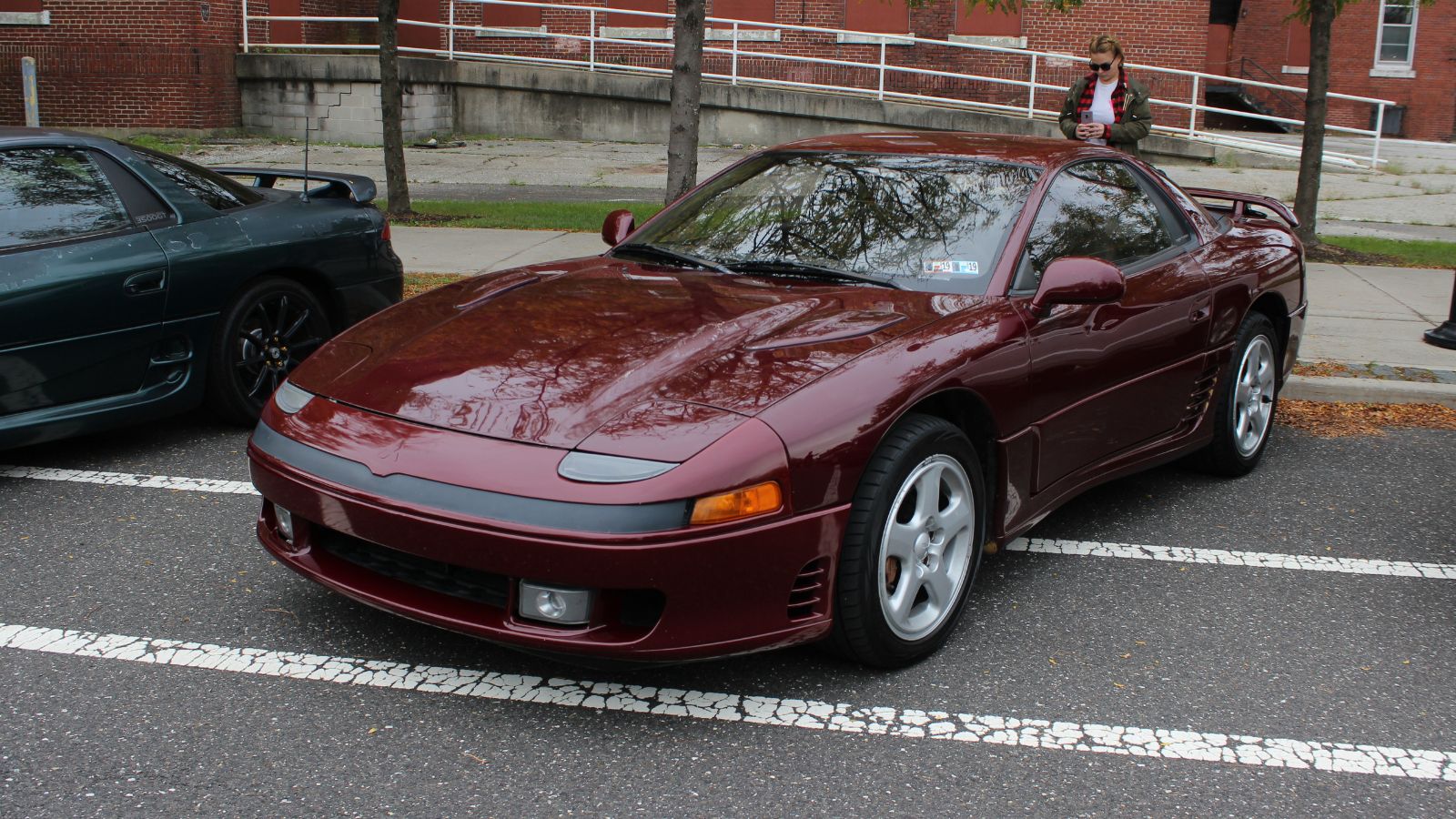
The Mitsubishi 3000GT VR4 was a technological showcase. It packed twin turbos, all wheel drive, four wheel steering, and even active aerodynamics. Enthusiasts respected its brute force and innovation, seeing it as a true competitor to Japanese legends like the Nissan 300ZX and Toyota Supra. But it was heavy, complicated, and expensive. For many buyers, simpler and more reliable sports cars made more sense. As a result, the VR4 never achieved the commercial success Mitsubishi hoped for, though fans still celebrate its ambition and engineering.
Fiat X1/9
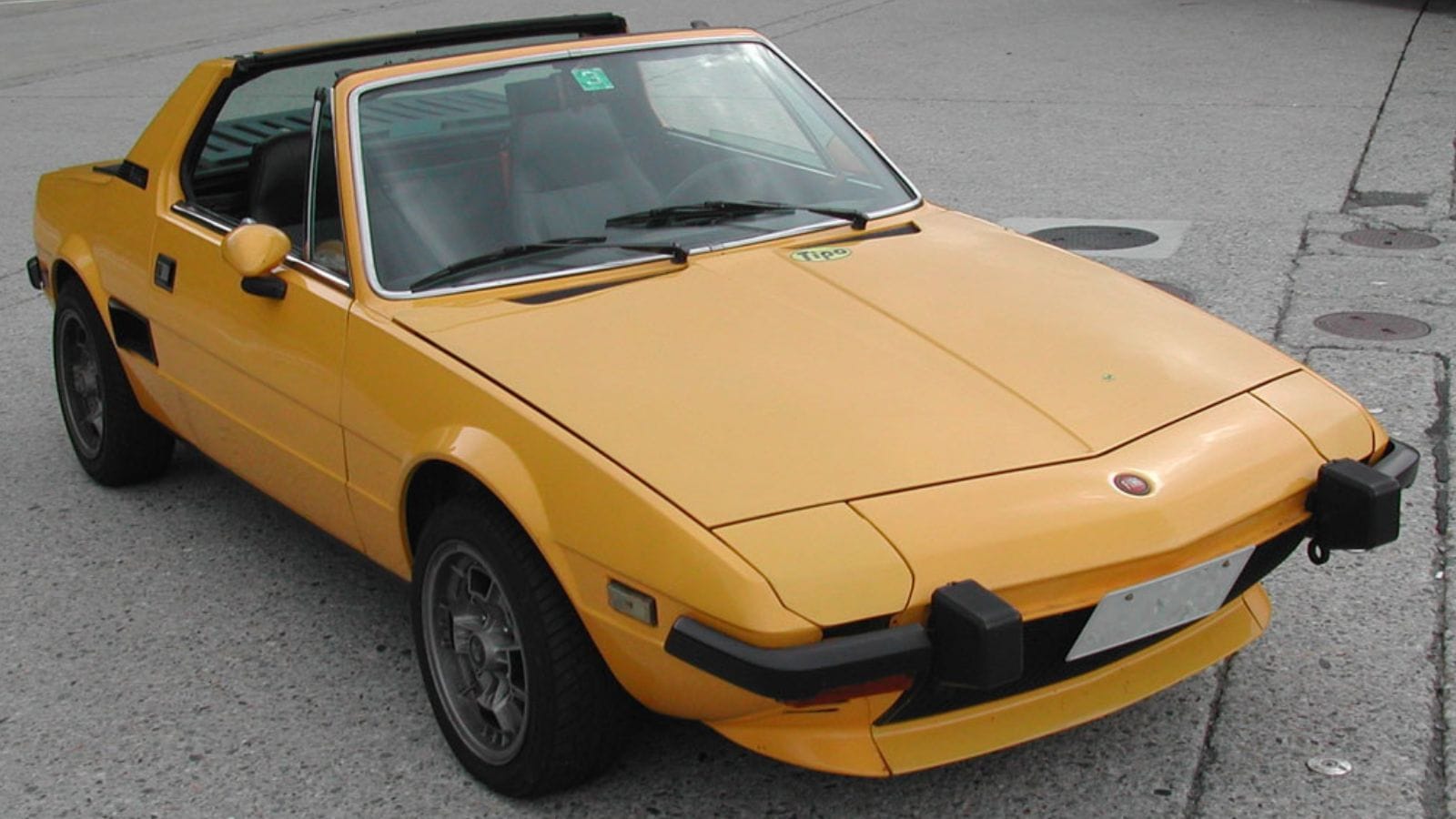
The Fiat X1/9 looked like a miniature Ferrari, with its wedge design and mid engine layout. Enthusiasts loved its playful handling and Italian style, but its small engine meant performance was modest at best. Reliability issues further damaged its appeal, with many owners struggling to keep them on the road. While it was a joy in the hands of true fans, the wider market avoided it. Today, the X1/9 has a niche following among collectors who appreciate its quirkiness.
Lotus Elise (North America)
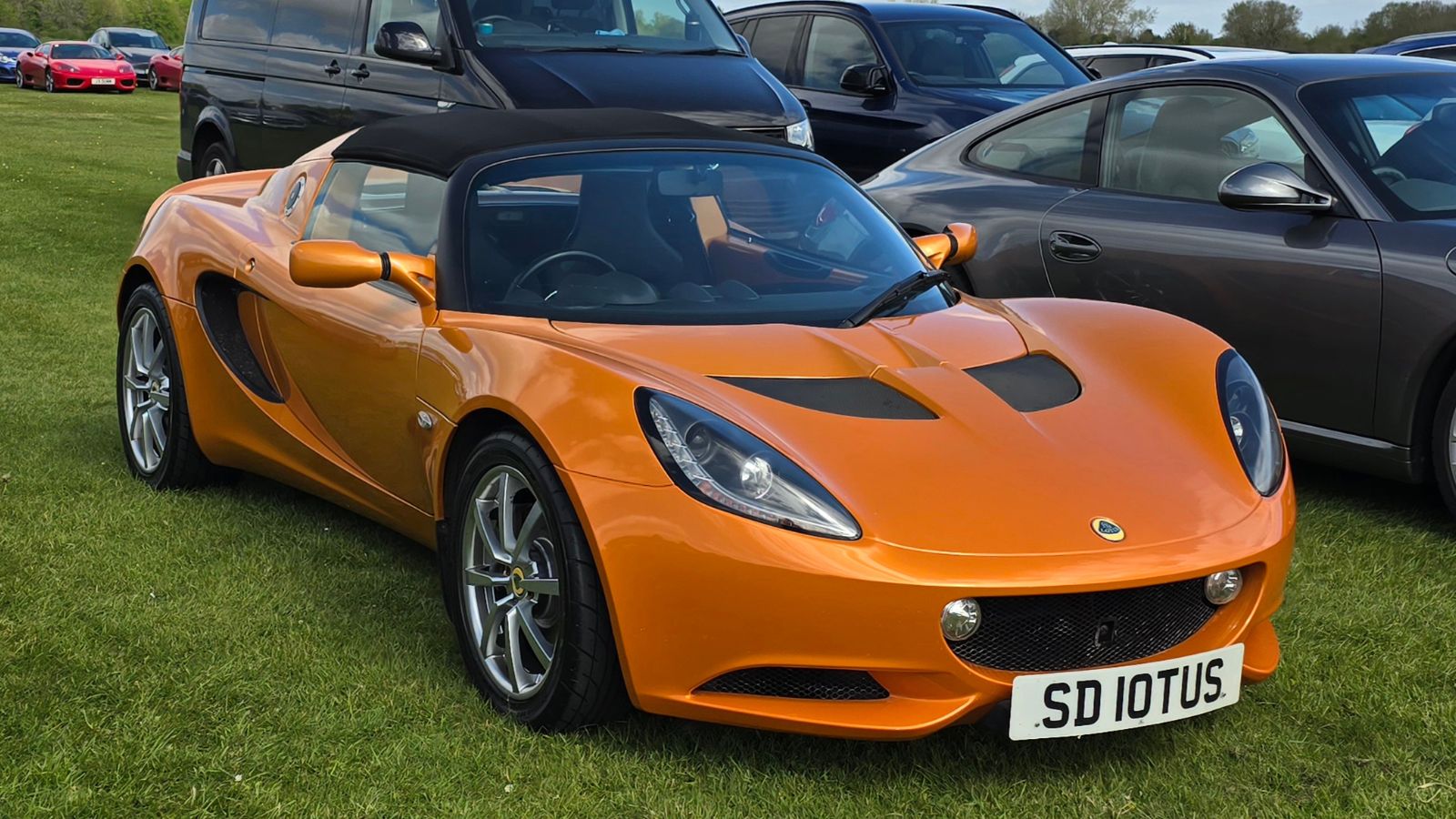
The Lotus Elise was pure driving distilled into a tiny, lightweight package. With sharp handling and a focus on simplicity, it was adored by enthusiasts who wanted nothing more than a direct connection to the road. But it was expensive for what it offered, spartan inside, and difficult to live with as a daily driver. The lack of comfort features and limited practicality kept it from finding mainstream success in North America. Owners loved it passionately, but sales numbers stayed low, proving again that purity does not always sell.
Why Enthusiast Cars Fail in the Market
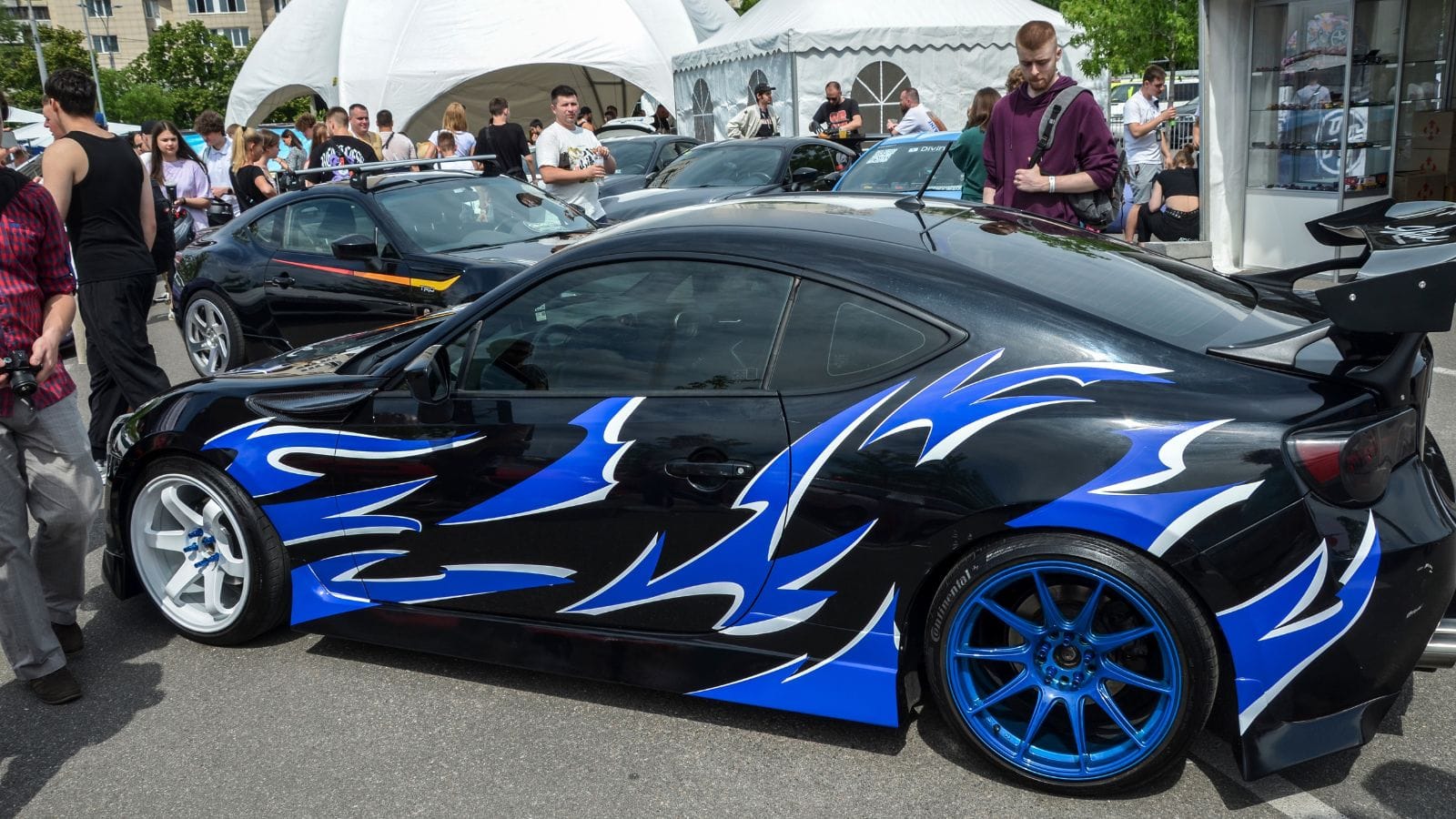
The story of these cars reveals a fundamental clash between what enthusiasts value and what the market demands. Drivers who love cars want lightweight agility, screaming engines, and minimal distractions. But the average buyer wants comfort, convenience, and practicality alongside performance. Cars that lean too heavily toward the enthusiast dream often alienate the broader market, leaving them commercial failures even while critics praise them. Ironically, many of these cars have found new appreciation years later, becoming cult classics and sought after collectibles. They remind us that sometimes the best driving experiences are not the best selling ones.
25 Facts About Car Loans That Most Drivers Don’t Realize

Car loans are one of the most common ways people fund car purchases. Like any other kind of loan, car loans can have certain features that can be regarded as an advantage or a disadvantage to the borrower. Understanding all essential facts about car loans and how they work to ensure that you get the best deal for your financial situation is essential. Here are 25 shocking facts about car loans that most drivers don’t realize:
25 Facts About Car Loans That Most Drivers Don’t Realize
